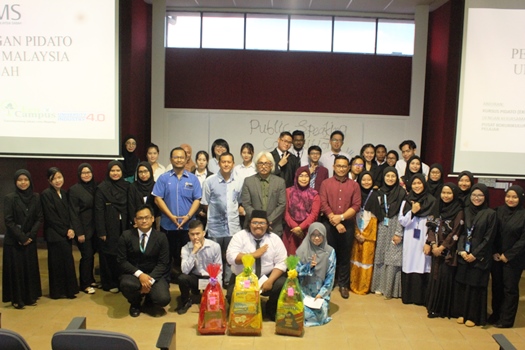 JUMAAT, 14 DISEMBER - Norsharifah Waty muncul johan Pertandingan Pidato anjuran Kursus Pidato Universiti Malaysia Sabah (UMS) yang berlangsung di Dewan Kuliah Pusat 1, Pusat Persediaan Sains dan Teknologi UMS, baru-baru ini.
JUMAAT, 14 DISEMBER - Norsharifah Waty muncul johan Pertandingan Pidato anjuran Kursus Pidato Universiti Malaysia Sabah (UMS) yang berlangsung di Dewan Kuliah Pusat 1, Pusat Persediaan Sains dan Teknologi UMS, baru-baru ini.
Pelajar Fakulti Psikologi dan Pendidikan UMS yang menyampaikan pidato bertajuk “Mental Health Awareness” itu berjaya mencuri perhatian juri melalui persembahan yang mantap dengan lontaran idea yang bernas sekali gus dinobatkan sebagai pemenang pertandingan.
Tempat kedua dan ketiga masing-masing dimenangi Iskandar Zulkarnaim Ramli dan Mohammad Amzar Makklani dari Fakulti Kemanusiaan, Seni dan Warisan (FKSW) UMS.
Kesemua mereka membawa pulang hadiah berupa hamper dan sejumlah wang tunai yang disampaikan Dekan FKSW, Prof. Dr. Ismail Ibrahim selaku jemputan kehormat.
Pertandingan pidato kali ini antara lain mewajibkan para peserta menyampaikan pidato sama ada bahasa Melayu atau bahasa Inggeris berdasarkan pilihan tajuk yang diberikan.
Dibuka kepada seluruh siswa-siswi UMS, pertandingan itu dihakimi dua juri berpengalaman iaitu Pengarah Penerbit UMS, Prof. Madya Dr. Asmiaty Amat dan Pensyarah Kanan FKSW, Dr. Lokman Abd. Samad. Hadir sama Pengarah Program, Anis Hafizah Azmi. –SS
Sumber: Kursus Pidato


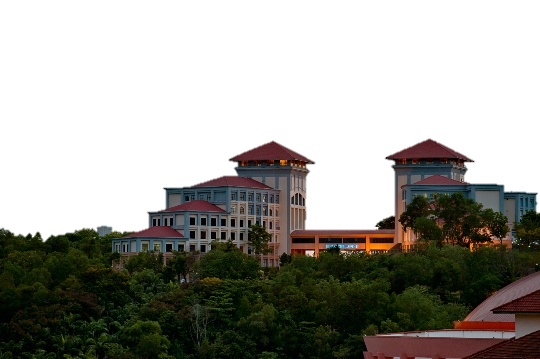
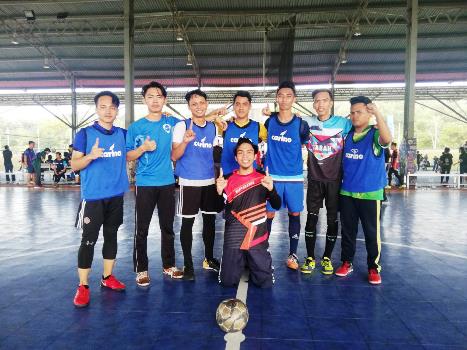 JUMAAT, 14 DISEMBER - Kolej Kediaman Tun Mustapha (KKTM) UMS muncul johan pertandingan futsal kategori lelaki Karnival Sukan Kolej (Karsukol) anjuran Pusat Sukan Universiti Malaysia Sabah (UMS) baru-baru ini.
JUMAAT, 14 DISEMBER - Kolej Kediaman Tun Mustapha (KKTM) UMS muncul johan pertandingan futsal kategori lelaki Karnival Sukan Kolej (Karsukol) anjuran Pusat Sukan Universiti Malaysia Sabah (UMS) baru-baru ini.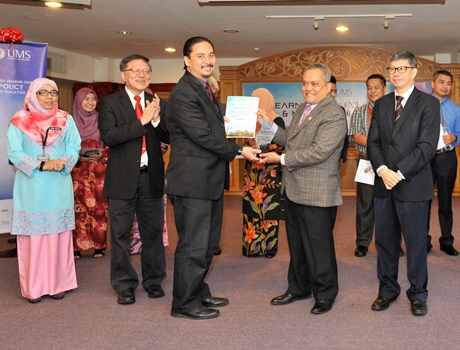 JUMAAT, 14 DISEMBER - Fakulti Perubatan dan Sains Kesihatan (FPSK) Universiti Malaysia Sabah (UMS) baru-baru ini berjaya merangkul anugerah Platinum untuk pencapaian Blended Learning peringkat UMS.
JUMAAT, 14 DISEMBER - Fakulti Perubatan dan Sains Kesihatan (FPSK) Universiti Malaysia Sabah (UMS) baru-baru ini berjaya merangkul anugerah Platinum untuk pencapaian Blended Learning peringkat UMS.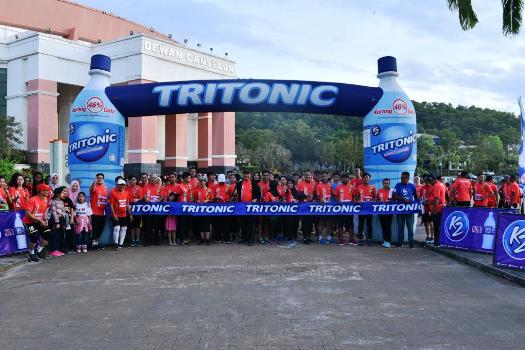 KHAMIS, 13 DISEMBER - Seramai 724 peserta menyertai ‘AIDS Charity Run & Walk’ anjuran Fakulti Perubatan dan Sains Kesihatan (FPSK), Universiti Malaysia Sabah (UMS) sempena Hari AIDS Sedunia 2018 baru-baru ini.
KHAMIS, 13 DISEMBER - Seramai 724 peserta menyertai ‘AIDS Charity Run & Walk’ anjuran Fakulti Perubatan dan Sains Kesihatan (FPSK), Universiti Malaysia Sabah (UMS) sempena Hari AIDS Sedunia 2018 baru-baru ini. RABU, 12 DISEMBER: Senaman joging sangat baik bagi membantu seseorang pengidap penyakit insomnia.
RABU, 12 DISEMBER: Senaman joging sangat baik bagi membantu seseorang pengidap penyakit insomnia.